Electric ATV wheels can expect to take much heavier loads than conventional ATV wheels. They are subjected to the terrain, the bike's considerable weight, the powerful torque of the motor and greater braking forces. Wheels fitted to VTTAEs are reinforced for greater long-term reliability.
The weight and quality of the wheels also influence the dynamism of your E-VTT. You can significantly improve its behavior by replacing fairly neutral wheels with wheels optimized for VTTAE riding.
Probikeshop reminds you of all the criteria to take into account when choosing your electric mountain bike wheels.
VTTAE wheel standards: check compatibility!
To be compatible, your new wheels must absolutely match the specifications of your equipment. Check the following points before finalizing your choice:
As far as hubs are concerned, the Boost standard has become widespread on modern electric mountain bikes. Unsurprisingly, your new wheels will have a 15x110 mm front axle and a 12x148 mm rear axle.
As far as tire mounting is concerned, all electric MTB wheels are now designed for Tubeless Ready mounting.
Choosing your VTTAE wheels: all the selection criteria
Once you've defined your standards, you can take a closer look at all the components that make up the wheel. The rim, spokes and hub form a homogeneous whole in line with your riding style, whether more or less committed. The best riders may seek to make their wheels lighter, but keep in mind that sturdiness must remain a priority. Your new VTTAE wheels should last you a long time, without flinching!
VTTAE wheel formats
Your electric mountain bike determines the wheel format: 27.5 (and its 27.5+ variant) or 29 inches. Some models allow you to switch from one format to the other, by adapting the bike's geometry. There's also a hybrid set-up, combining a 29" front wheel with a 27.5+ rear wheel. Only a few VTTAE models allow this type of "mullet" configuration.
Each VTTAE wheel format has its own advantages in the field. The 27.5" is appreciated for its maneuverability on twisty roads and its dynamic acceleration. The 27.5+ accepts wider, low-pressure tires, offering greater grip and comfort. Better at traversing, the 29" stumbles less on obstacles. It's also more stable and efficient when launched at high speed.
Rim type
The characteristics of the rim are decisive in determining the quality of your electric mountain bike wheels. You can examine the following parameters: material, rim width and type of tire mounting.
Rims on VTTAEs are usually made of aluminum. Only top-of-the-range wheels have a carbon rim, for greater responsiveness and lightness. On aluminum rims, you can examine the type of alloy used and the rim profile (generally asymmetrical and reinforced).
On a VTTAE, the rim is wide enough to support the bike's power and properly support the tire. The internal width is therefore 30 or 35 mm, while the height is around 21 mm. An internal width of 35 mm seems to be the best choice for the most committed E-MTB riders. 30 mm rims offer greater speed potential for sport touring and XC.
All rims specifically designed for electric MTBs accept tubeless mounting. Most are "Tubeless Ready" and some models are 100% Tubeless (without rim tape).
Spoking
Electrically-assisted mountain bike wheels feature 28 or 32 spokes, generally crossed by 3. For added strength, all wheels use straighpull spokes.
Manufacturers work on thickness, profile, head and nipples to improve the performance of electric mountain bike wheels.
Hubs
E-MTBs have adopted the Boost standard: their wheel hubs therefore feature these axle dimensions: 15x110 mm / 12x148 mm. To narrow down your choice, look at the quality of the integrated bearings. You can also study the freewheel mechanism (ratchet or rocker system). These points of examination will give you clues as to the hubs' level of smoothness, reliability and performance.
Weight limits and ASTM categorization
The brands of VTTAE wheels provide indications of the weight and practice their models can actually withstand. This information should be taken into account when choosing your new wheelset. Wheels that are too fragile could not withstand the power of the E-VTT and lead to accidents when riding too hard.
The "maximum system weight" corresponds to the added weight of the bike, rider and equipment. This weight limit must be respected to avoid premature wear on the various wheel components. In the case of wheels designed specifically for VTTAE, this weight limit reaches 130, 150 or even 180 kg!
The ASTM category specifies the type of use intended by the manufacturer, for each wheel model. There are 5 ASTM categories:
Wheels developed specifically for electrically-assisted mountain bikes are classified ASTM 3, 4 or 5.
Technical specifications of electric MTB wheels
Wheels specifically designed for the VTTAE have recently appeared on the market. Brands have developed them to keep pace with the ever-increasing popularity of these bikes. As electric mountain bikes become ever more powerful, wheels have had to keep pace and get stronger. This upgrade for VTTAE involves optimizing rims, spokes and hubs.
Why choose special wheels for VTTAE?
Heavier and more powerful than muscle bikes, electric mountain bikes put all components to the test. In direct contact with the terrain, wheels are affected more than any other part by these constraints. Powerful motor torque is transmitted to the rear hub body. As speed increases, braking creates greater forces, which also weigh on the hubs. The rim also has to withstand harder landings.
By designing wheels specifically for the VTTAE, manufacturers have sought the best technical solutions to meet all these mechanical loads.
What are the advantages of VTTAE wheels?
The wheels used on electric mountain bikes are distinguished by a more robust design. Every component is chosen and tested to resist load more effectively and for longer.
Rims are generally wider and have thicker walls, especially on the outside (where the spokes are attached).
Spokes are also thicker (double or triple thickness) and their heads are reinforced. They are more resistant to traction than standard spokes. They also help optimize the wheel's torsional and lateral stiffness.
VTTAE wheel hubs benefit from significant improvements in reliability. Flanges can be oversized, as can integrated parts (bearings and gears). The freewheel body is usually made of hardened steel.
Découvrez tous nos conseils & Tutoriels
MTB - Wheels 29"
-

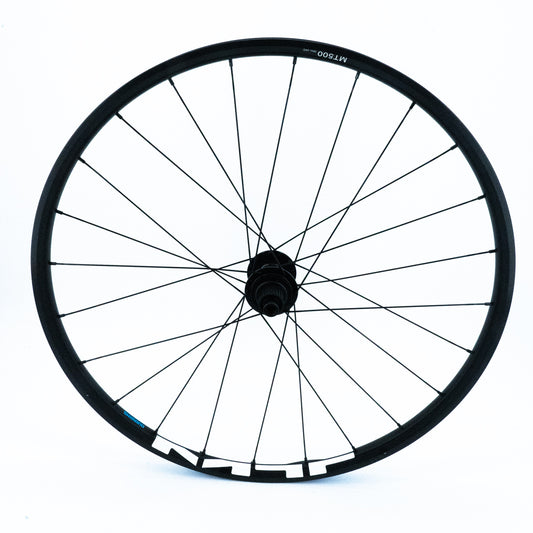
Pair of SHIMANO WH-MT500 29'' Axle 15x110/12x148mm Boost Wheels
Regular price 129,90 €Regular priceUnit price per -
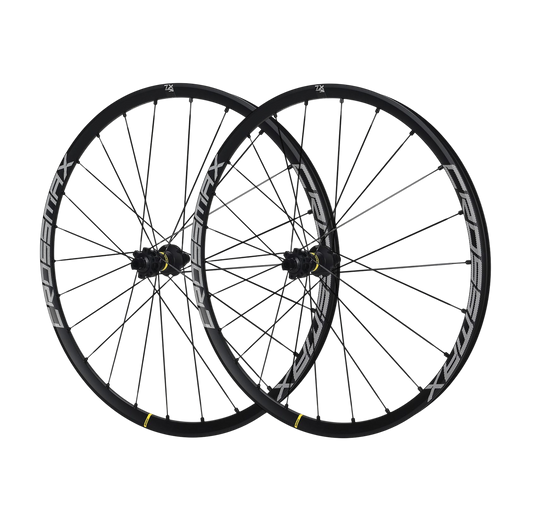
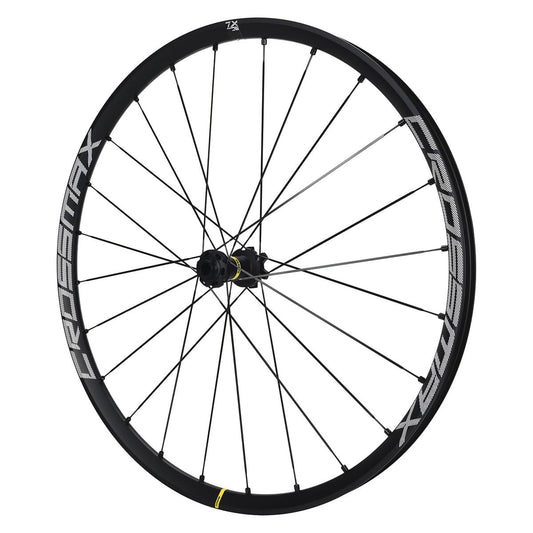
Pair of MAVIC CROSSMAX XL 29" Wheels 15x110mm/12x148mm Boost
Regular price 449,90 €Regular priceUnit price per -
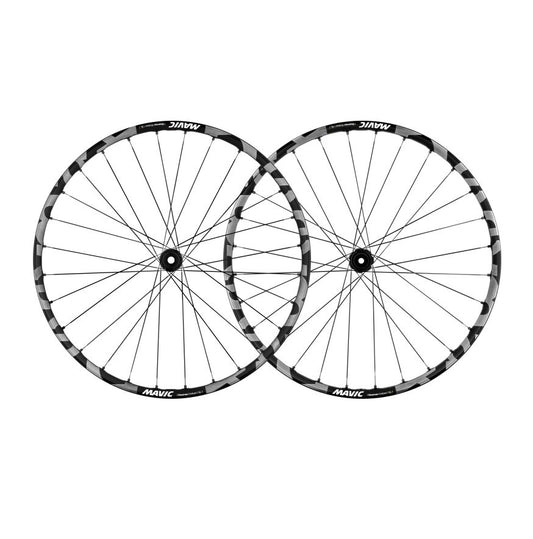
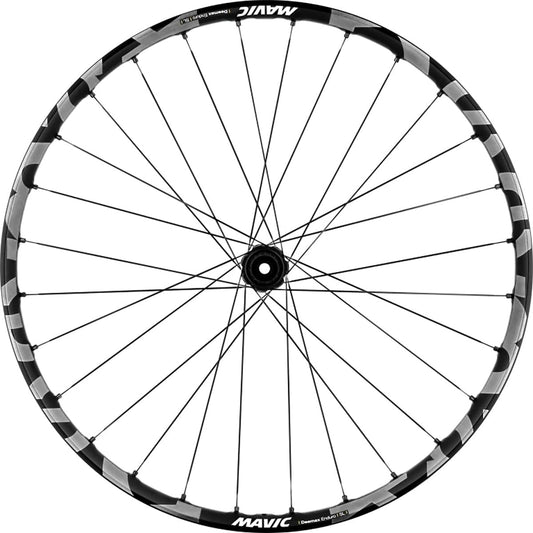
Pair of MAVIC DEEMAX ENDURO SL 29" Wheels 15x110mm/12x148mm Boost
Regular price 699,90 €Regular priceUnit price per -
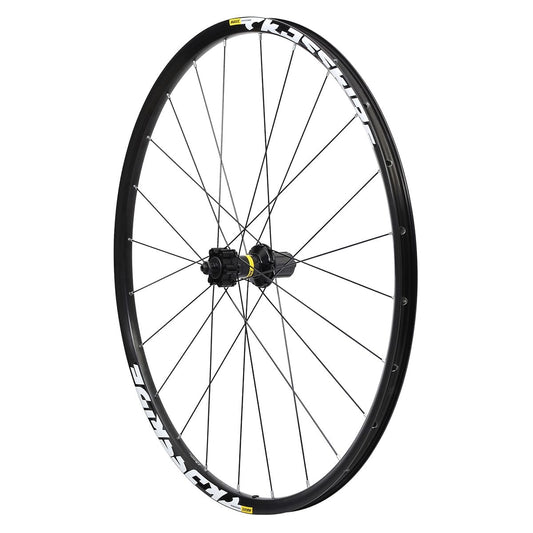
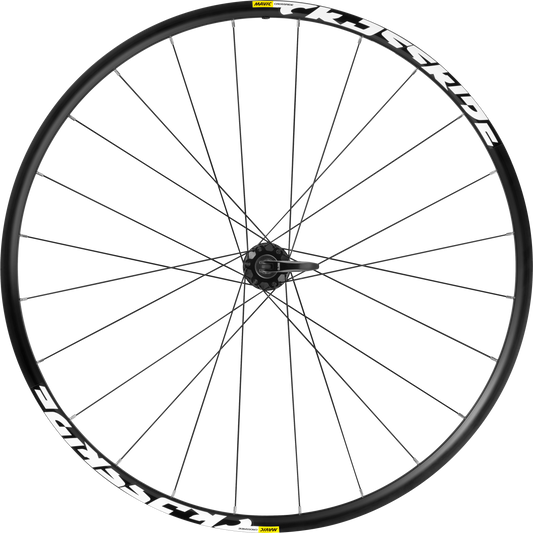
MAVIC CROSSRIDE FTS-X 29" 9x135 mm rear wheel
Regular price 145,90 €Regular priceUnit price per -
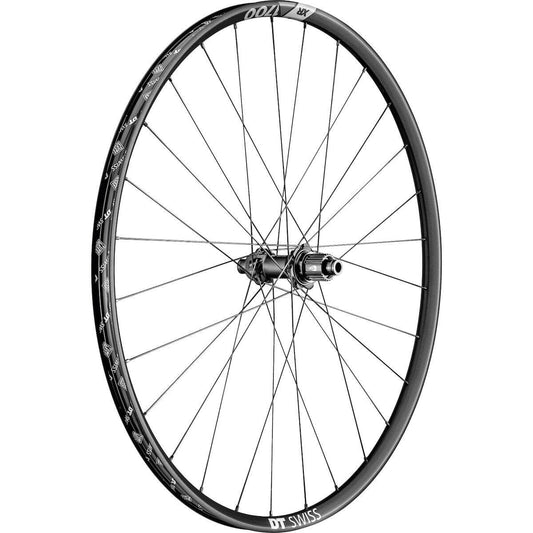
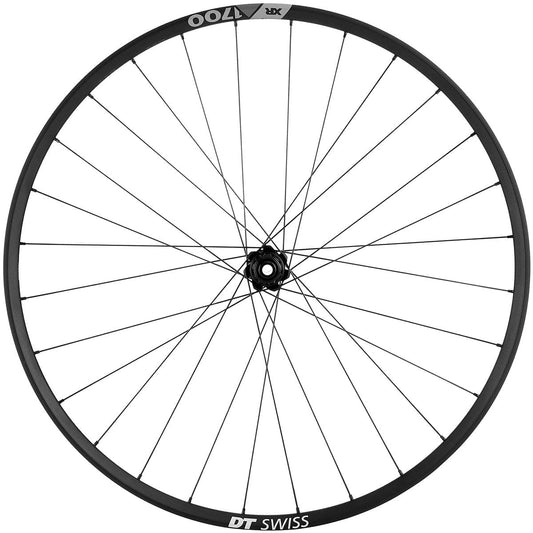
DT SWISS XR 1700 SPLINE 25 mm 29" 12x148 mm Boost rear wheel
Regular price 349,90 €Regular priceUnit price per -
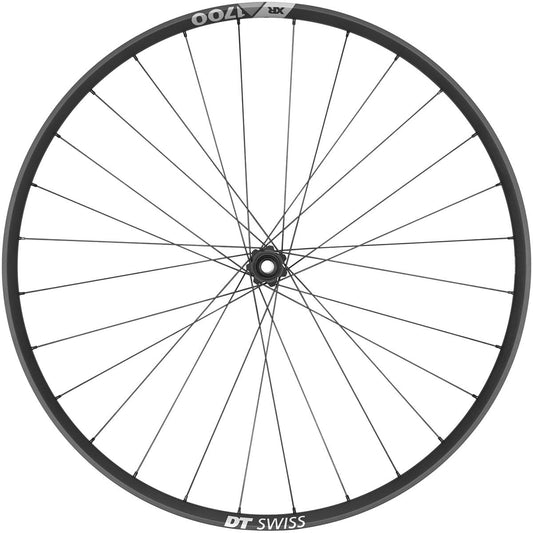
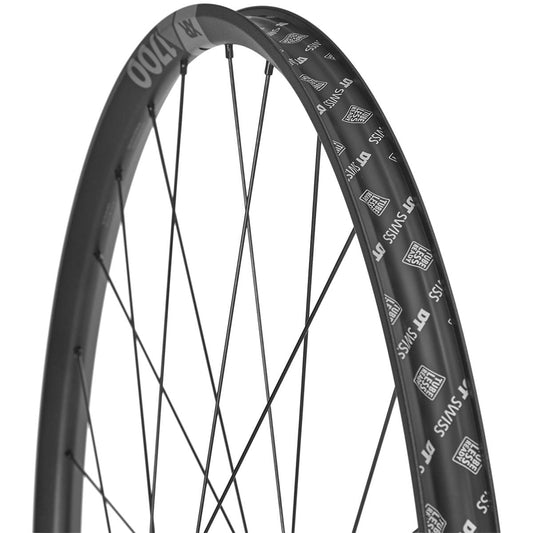
DT SWISS XR 1700 SPLINE 25 mm 29" 15x110 mm Boost front wheel
Regular price 249,90 €Regular priceUnit price per -
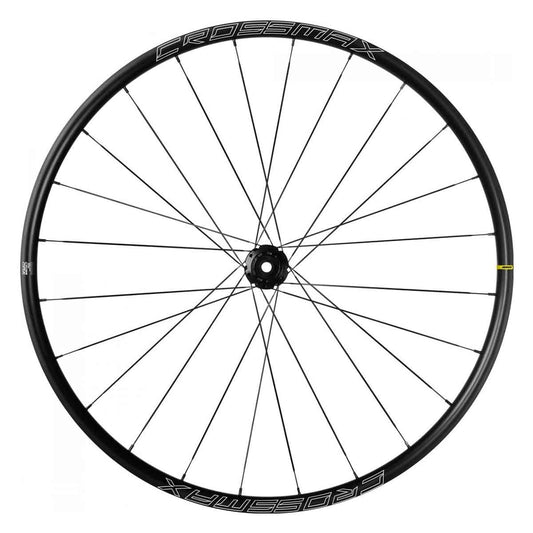
MAVIC CROSSMAX 29" 12x148 mm Boost rear wheel
Regular price 199,90 €Regular priceUnit price per -
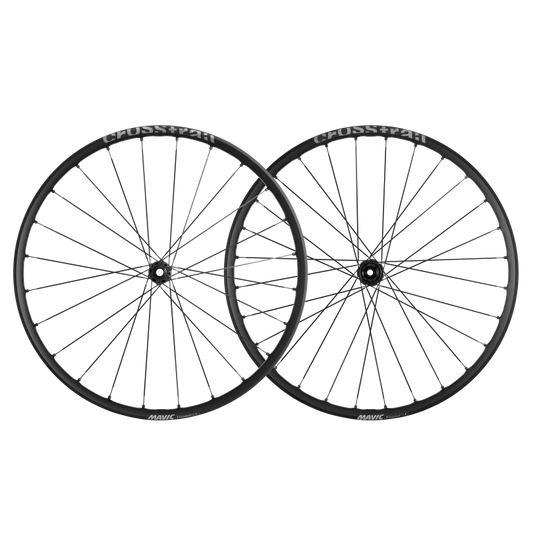
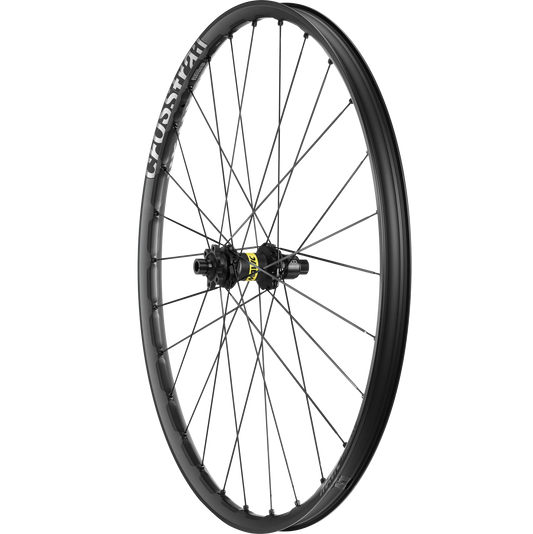
Pair of MAVIC CROSSTRAIL SL 29" Wheels 15x110mm/12x148mm Boost
Regular price 579,90 €Regular priceUnit price per















